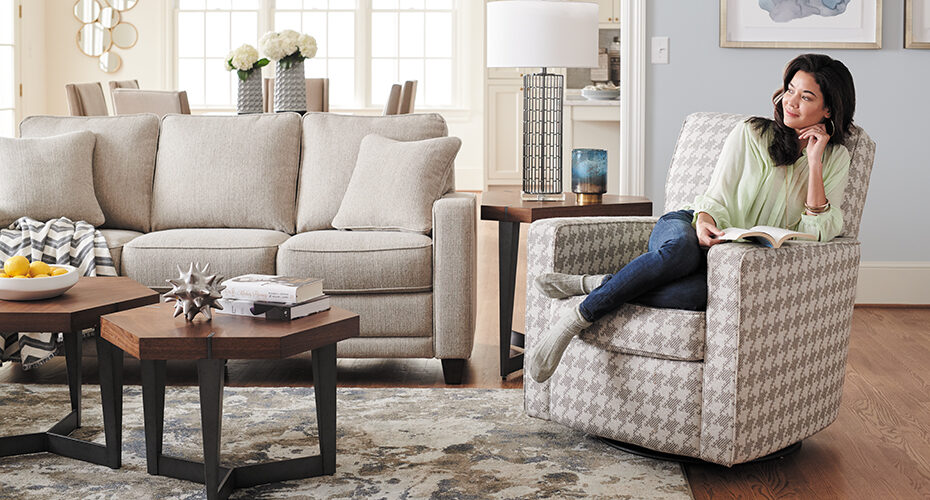Divine Comfort: Premium Church Pews for Your Sanctuary
MY BlogChurch pews have been a fundamental element of Christian worship spaces for centuries, serving as a place for congregants to gather, reflect, and participate in services. These pieces of furniture are not just functional but also steeped in tradition and craftsmanship. Whether you’re restoring an old church, outfitting a new one, or simply interested in the historical and practical aspects of church pews , understanding their significance and options can enhance both the aesthetic and practical aspects of a worship space.
Historical Significance and Evolution
Church pews have a rich history that dates back to medieval Europe, where early Christians used simple benches or stools for seating during services. Over time, these evolved into more elaborate and comfortable pews as the church’s role in community life grew. By the Renaissance period, pews began to be constructed with more intricate designs, reflecting the church’s status and the community’s reverence.
In the 19th and early 20th centuries, church pews became a symbol of the church’s architectural and cultural aspirations, often crafted from fine woods and decorated with detailed carvings. Today, they continue to serve as a link to this heritage while incorporating modern comforts and functionalities.
Materials and Craftsmanship
**1. Wood Types: Traditional church pews are often made from hardwoods, which are chosen for their durability and beauty. Common woods include:
- Oak: Known for its strength and attractive grain, oak is a popular choice for both traditional and contemporary pew designs. It ages well and can be finished to highlight its natural beauty.
- Cherry: Cherry wood offers a rich, warm tone that deepens over time, making it a favored choice for high-end pews.
- Maple: With its fine grain and durability, maple is another excellent option, especially for modern or minimalist designs.
- Pine: For a more cost-effective option, pine can be used, often finished with stains or paints to mimic more expensive woods.
**2. Upholstery and Comfort: Many modern church pews include upholstered seats and backs to enhance comfort during longer services. Fabrics used for upholstery can vary from durable synthetic options to high-quality leathers, depending on the church’s budget and aesthetic preferences. Cushioning and padding are designed to provide comfort while maintaining durability.
**3. Design and Style: Church pews come in a variety of styles, ranging from simple, traditional designs to more ornate and decorative pieces. Some common design elements include:
- Traditional Pew Designs: Often feature simple lines and classic detailing such as turned spindles and carved panels.
- Contemporary Styles: Modern pews might incorporate clean lines, minimalist designs, and innovative materials. They can also feature modular components or integrated features like storage compartments.
- Custom Designs: Many churches opt for custom pews tailored to their specific needs and architectural styles. Custom designs can incorporate unique carvings, symbols, or historical references that align with the church’s identity.
Functionality and Features
**1. Modularity and Flexibility: Some modern church pews are designed to be modular or movable, allowing for flexibility in how the worship space is arranged. This is particularly useful for churches that host a variety of events or services.
**2. Accessibility: Incorporating accessibility features such as wider aisles, removable pews for wheelchair access, and adjustable seating arrangements ensures that the space is welcoming to all congregants.
**3. Maintenance and Durability: Church pews are subject to regular use, so durability is crucial. High-quality finishes and upholstery treatments can help extend the life of the pews and make them easier to maintain. Regular cleaning and occasional refinishing can keep the pews looking their best.
Choosing the Right Pews
When selecting church pews, consider the following factors:
- Size and Capacity: Ensure the pews fit the dimensions of the church and meet the seating needs of the congregation.
- Style and Aesthetic: Choose pews that complement the church’s architectural style and interior design.
- Budget: Balance the cost of pews with the church’s budget, considering both initial purchase costs and long-term maintenance expenses.
- Comfort and Functionality: Prioritize comfort for the congregation and any additional features that might enhance the functionality of the worship space.
Conclusion
Church pews are more than just seating; they are a testament to the tradition, craftsmanship, and community spirit of a place of worship. Whether opting for traditional wooden pews or modern upholstered designs, the choice of pews can significantly impact the aesthetic and functional qualities of a church. By considering factors such as materials, design, comfort, and budget, churches can select pews that honor their heritage while meeting the needs of their congregants.
